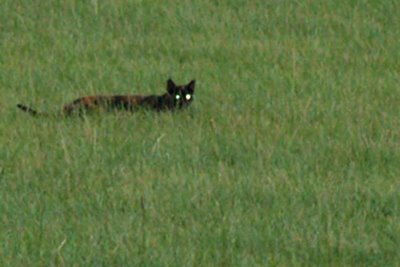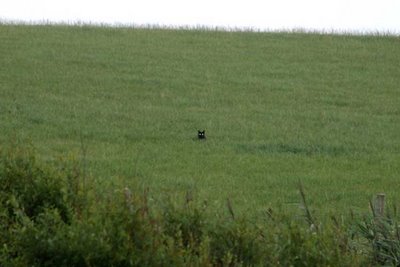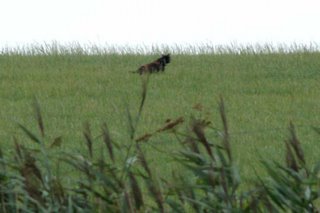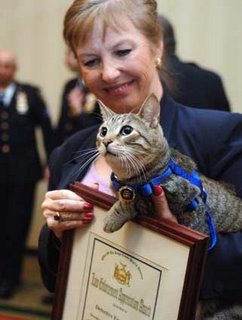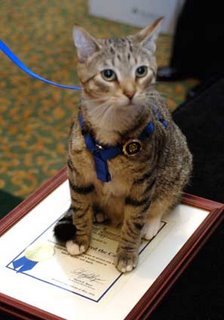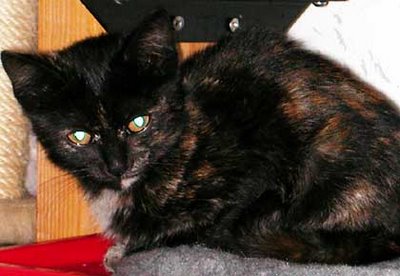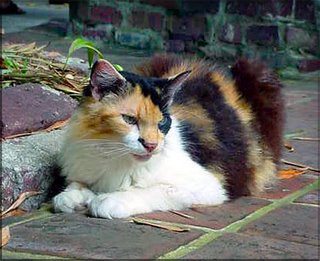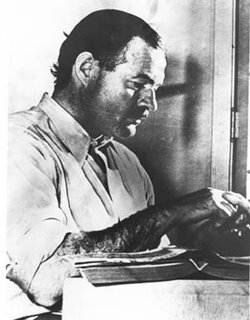An Animal Control Officer Goes on a Drunken Binge and Leaves Four Cats and a Dog to Die of Thirst, Hunger, and the Heat at a Massachusetts Shelter
 |
| The Oxford Dog Kennel on Old Webster Road |
"I had a hard time believing that it actually happened here in Oxford. Oxford has been one of the lead communities as far as animal control is concerned. Other communities have called upon us to help them."
-- local politician John G. Saad
Forty-one-year-old Michelle A. Mulverhill was served with an eviction notice on July 28th. She then shortly thereafter crawled into the bottle and as the result four cats and a dog were left to die of hunger, thirst, and heat at an animal shelter in Oxford, Massachusetts.
Mulverhill, the city's animal control officer, later told investigators that she had last fed and watered the animals at the Oxford Dog Kennel on Old Webster Road on July 31st. Tragically, it was not until 3:35 a.m. on August 15th that her neglect was accidentally discovered by policeman Paul J. McCarthy.
McCarthy told the Worcester Telegram and Gazette on August 16th that he regularly checks on the animals by flashing his patrol car's spotlight on the pound in order to solicit a reaction from them. Whether he does this out of concern for their well-being or merely to interrupt their repose is not known.
Nevertheless, when a black and white dog that he was familiar with did not rise to its feet to greet him as it usually did, McCarthy became suspicious. After returning to the station house in order to collect the key to the pound, he discovered the carnage caused by Mulverhill's alcohol-soaked neglect. (See "Dog Officer Is Charged in Deaths of Cats, Dog.")
One cat had been reduced to skin and bones. Another cat's eyes were missing. The dog was in such an advanced state of decomposition that it was impossible to accurately determine its sex. The cats had been held at the shelter since July 3rd and the dog since July 10th.
The kennel was littered with white fur, dead flies, and dark, dried blood. The smell of death hung in the air. The dead dog had only a small amount of moldy dog food and about an inch of dirty water remaining; the cats had not a semblance of either food or water.
All the windows were closed but exhaust and ceiling fans were running. It is highly unlikely, however, that the fans would have been sufficient to have provided adequate ventilation during the torrid heat wave that Massachusetts experienced during the first part of August.
Mulverhill, who has since resigned, has been charged with five counts of animal cruelty by a custodian and is scheduled to appear in Dudley District Court on September 26th for a pretrial conference. In the meantime she remains free on her own recognizance after pleading not guilty. She also has been ordered not to come within one-hundred yards of the shelter and not to have any contact with animals except for her daughter's cat. For whatever good it will do, the court also ordered her to stay off the booze and dope.
This disturbing case highlights the deplorable state of how shelter animals are treated in this country. Since she was hired on an on-call basis, Mulverhill was quite obviously working a part-time job that did not pay her enough to enable her to keep up with the rent. Consequently, when she was served with an eviction notice she took to her cups and stopped caring for the cats and dog under her protection.
As criminal as Mulverhill's conduct obviously is, it pales in comparison with that of Town Manager Dennis A. Power and the municipality's selectmen. "We had an exemplary program and Ms. Mulverhill was trained by Siggy Barnard (her predecessor)," Power told the Worcester Telegram and Gazette. "We had confidence that she would perform the tasks as assigned."
That is not good enough. Where was the oversight? Surely Power does not consider McCarthy's flashing his "disco lights" on the shelter once every two to three weeks during the middle of the night to be sufficient.
Selectman John G. Saad acted every bit as thickheaded as Power when he told the Worcester Telegram and Gazette on August 17th, "She had to submit reports to (the board). Dog hearings came before us, and she had to make presentations. She had to investigate. It appeared as though she was doing exactly what was expected of her..." (See "Kennel Deaths Spur Action by Oxford.")
The city's refusal to accept responsibility for the horrible deaths of these four cats and one dog is bad enough in itself, but even worse is its refusal to commit the resources needed to correct the situation. For instance, it has decided to take the cheap way out by hiring two part-time, temporary animal control officers to be assisted by the Department of Public Works.
Although the new appointees, Sheila Donahue and Patricia Dykas Gonet, are both seasoned animal control officers the city needs a fulltime, permanent animal control officer and someone to monitor his or her job performance. That is the only way that more tragic deaths can be prevented.
Sadly, this is not about to happen anytime soon. The politicians in Oxford, a city of approximately 14,000 residents seventeen kilometers outside of Worcester, do not care about the welfare of the cats and dogs under their supervision and even if they did they are far too cheap to commit the funds needed to ensure that they are treated humanely. Moreover, the city is still in denial.
"I had a hard time believing that it actually happened here in Oxford," Saad told the Worcester Telegram and Gazette in the August 17th article cited supra. "Oxford has been one of the lead communities as far as animal control is concerned. Other communities have called upon us to help them."
Who is Saad kidding? He has either lost his mind or he has been in Mulverhill's liquor closet!
Mulverhill, who deserves a lengthy jail term at hard labor for her part in the deaths of these cats and the dog, will more than likely get off with a fine and probation. For its part, the city of Oxford will get off scot-free.
It is unfortunate that the law has not advanced far enough for the courts to allow animal lovers to bring in loco parentis wrongful death lawsuits against individuals, groups, and cities that harm animals. If cities like Oxford had to pony up millions of dollars for their neglect and abuse of animals it is a good bet that conditions would improve at shelters.
More to the point, the killing of cats, dogs, and other animals at shelters should be outlawed nationwide. All shelters and animal control officers should be replaced with adoption agencies, foster families, and sanctuaries. The time has come to stop the killing, abuse, and neglect of animals by closing all shelters and dismissing all animal control officers.
Photo: WCVB-TV Boston.



